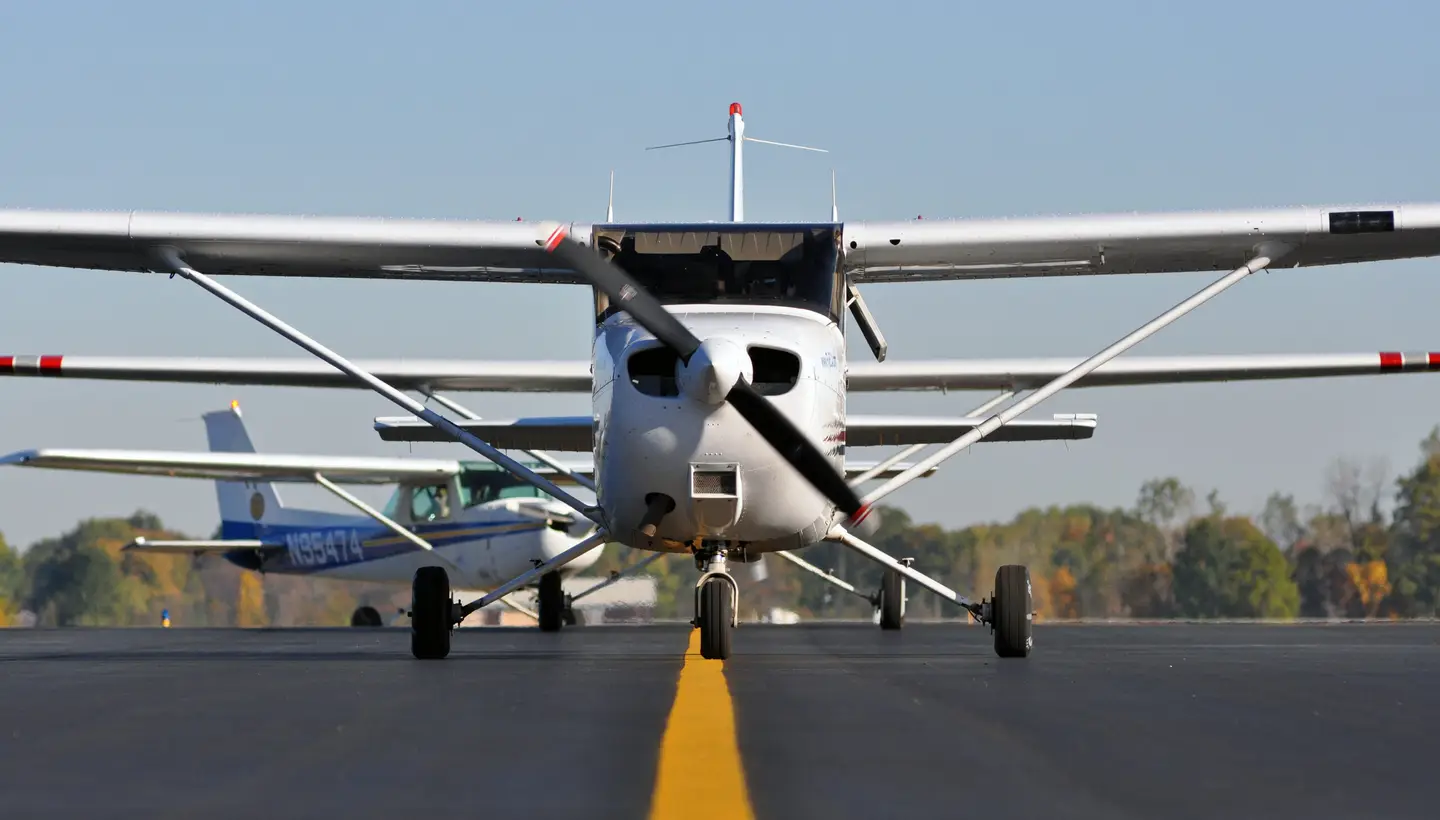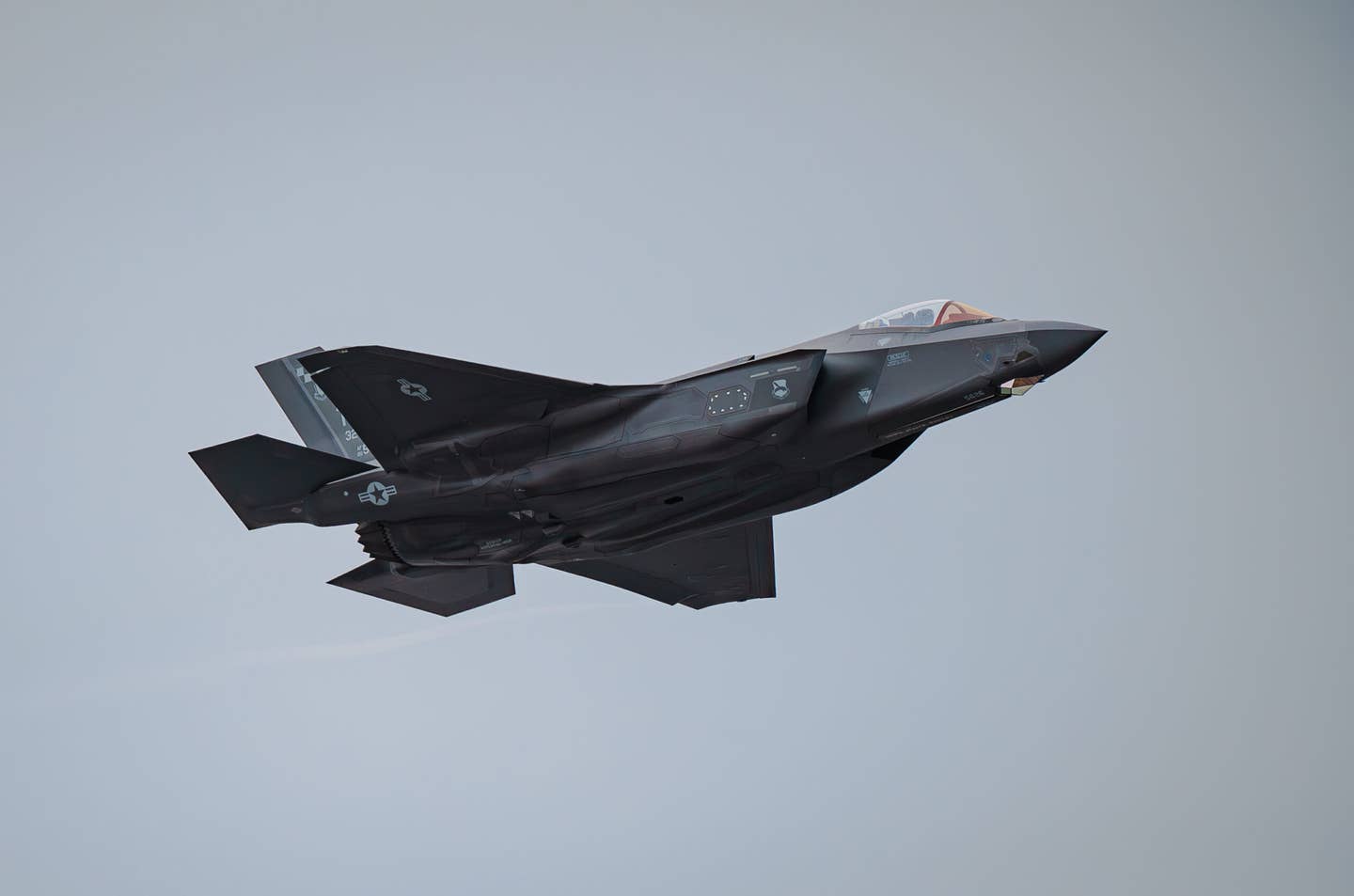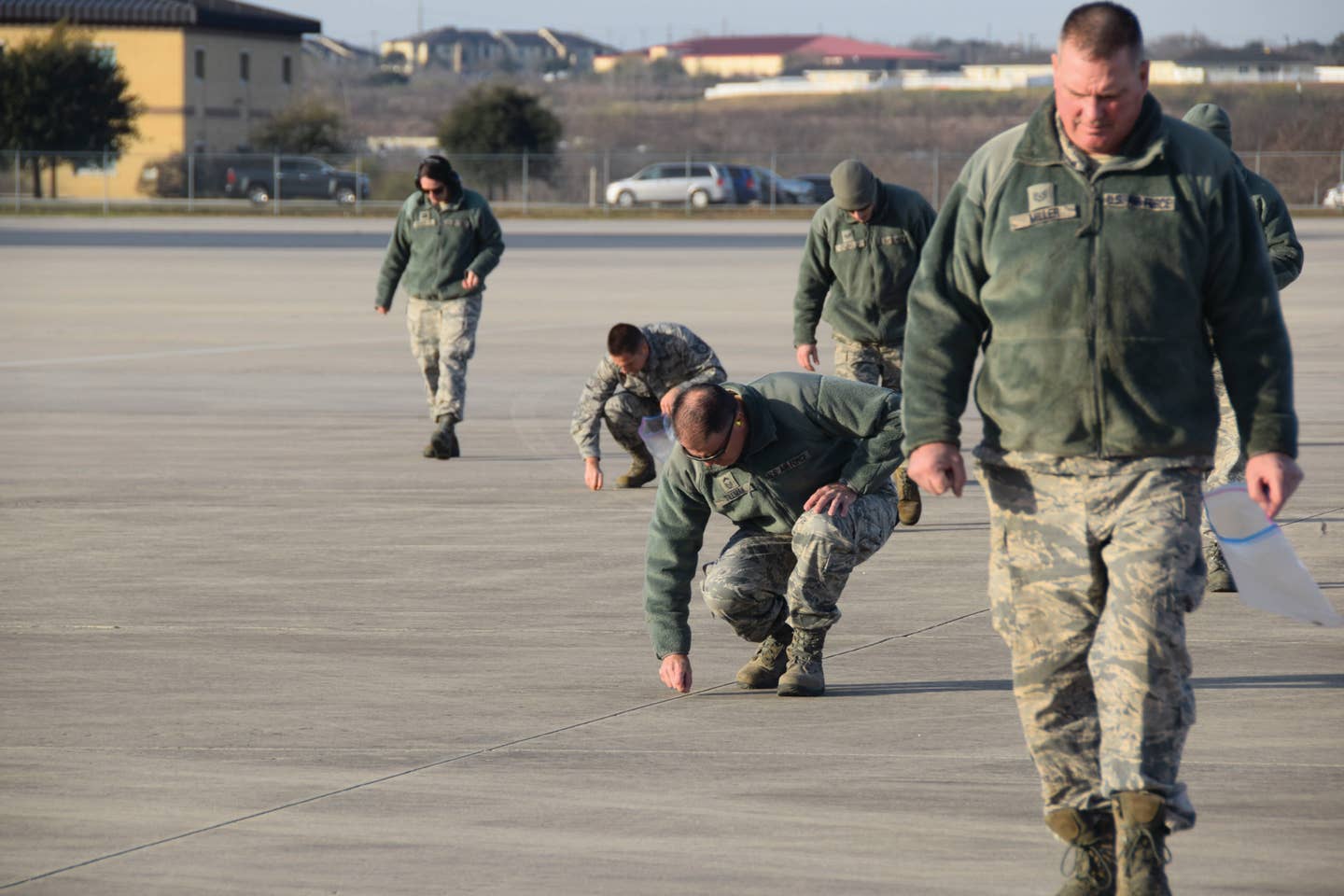
Once I've landed, my assessment of a flight switches from the "how-goz-it" while airborne to the "how-went-it" when I'm safely on the ground. When I did my self-debrief following the last leg of my flight home after attending AirVenture in Oshkosh in August, two quotes seemed apropos of my efforts to successfully negotiate my way around the summer storms.
John Maynard Keynes said, "When the facts change, I change my mind." Some might call that "flip-flopping," but it's a sentiment that pilots who should constantly check the "facts" during a flight -- and politicians -- would do well to embrace.
The other quote is from Okakura Kakuzo, a Japanese writer, who might have been discussing risk assessment when he said, "The art of life lies in a constant readjustment to our surroundings." (Instead of "life" read "safe flying.")
When I left AirVenture, I stopped in western New York at Jamestown, to spend a few days at an annual reunion with friends from Beloit College. We reminisced, carefully avoided presidential political discussions, while we solved some of the world's most pressing problems and enjoyed the Ellicottville Brewing Company's Pantius Droppus (10 percent ABV) pale ale.
Storms rumbled through Holiday Valley the night before my planned flight home, but by morning, the weather had calmed and the forecast wasn't bad. It was to be a typical summer day with a chance of storms in the afternoon.
As I was driven to the airport cumulous clouds were making way for patches of blue sky, more than enough for a sailor's pants, and a promised tailwind was starting to gain some oomph. All in all, it was looking like a reasonably good day to fly.
I filed from Jamestown (KJHW) to Columbia County (1B1) pretty much direct along Victor 270 at 7,000 feet with an estimated time en route of one hour 37 minutes.
Early on it looked like the flight would play out as planned. But then it became obvious from the display of XM's Nexrad weather on the Garmin GMX 200 that the relatively direct route would take me straight into an area of building storms.
Consulting the IFR en route chart, it appeared that if I deviated slightly north of course direct to RKA (Rockdale VOR) and then direct to 1B1, I'd be able to skirt the storms to the north.
The controller agreed to my request for the amendment to my routing.
But the facts changed. It soon became obvious, animating the weather on my Garmin 496, that the storms would out- race me to RKA.
Okay, time to rethink my options. Looking at the display, I reasoned that with the storm moving to the northeast, it appeared I could go direct to LHY (Lake Henry VOR) and then angle back northeast to 1B1.
Again, I negotiated with the controller and again I was given the change in routing I requested.
As I continued toward LHY it looked like the plan would work, though there was a small clump of weather to the south that would be easing toward LHY, but it appeared the gap I was aiming for would also move farther to the northeast and make my deviation less acute. I was very conscious of the upload times of the lightning and Nexrad data and monitored the movement of the system with the animation feature on the 496.
But then, the controller called me. "Wilkes-Barre says that you'd be better off going direct Delancy VOR (DNY) and then direct to your destination."
I looked at the display and questioned the suggestion. "I'll start direct to Delancy, but I'm not sure that's going to work out," I said.
"Do you have weather radar?" the controller asked.
"I don't have radar, but I do have XM Weather." I wasn't sure what weather information he had available but expected that his was even more limited than mine. I remembered that starting in 2006 ATC began reporting weather as light, moderate, heavy and extreme, and that controllers' systems are limited in their ability to depict lightning.
(According to an FAA Safety Advisor on weather: "When controllers provide radar information, they report three basic pieces of data: 1) the strength of radar returns; 2) the location of those returns; and 3) the size of the precipitation area. For example, ATC might say 'Moderate precipitation between 12 o'clock and 3 o'clock, one five miles. Weather area is two zero miles in diameter.' Note that this description does not include the direction of the precipitation's movement -- a potentially critical piece of information ... .
"This raises an important point. Regardless of the weather situation, or the controller's workload, the pilot always retains pilot-in-command (PIC) authority. Although the typical nature of pilot/controller interactions can make it easy to view ATC as the 'boss,' the fact remains that the pilot -- not the controller -- has the final say. If you need something, ask for it. And if an ATC clearance (or denial of a request) would put the aircraft in danger, speak up. There's nothing wrong with saying 'unable' if a particular heading would put the flight in jeopardy.")
Nevertheless, with reservations, I turned direct DNY as suggested.
Although it was still looking better to the southeast, so far, along the route to DNY, XM was showing only heavy rain and the Stormscope wasn't displaying any lightning strikes. It was starting to look as if the new course was going to work.
The controller then called with a change in routing. "Direct Hancock (HNK), direct Delancy, direct." From where I was, HNK was on the direct route to DNY so it wasn't really a change. I motored on.
But then, as I continued on toward Delancy, the latest lightning update displayed several strikes directly over the VOR.
It was looking like a turn of about 10 degrees to the right would take me across a section of the storm that the display was showing was mostly light to moderate rain. Just as I got ready to ask the controller for another change in routing, he called me. "November 828JT, Boston says that large airplanes have reported moderate turbulence and lightning strikes and suggests you turn toward the northeast."
Northeast? I looked at the display on the GMX 200, checked the animation on the 496, consulted the Stormscope for lightning and then keyed the mic. "Going northeast doesn't look good. I think I'm better off turning southeast." There was a long pause and then the controller came back. "November 828JT, you're cleared direct to Columbia County, deviate as necessary." I read back the clearance. After another long pause, the controller said, "November 828JT, have a safe flight!"
As I approached the band of weather, I pulled my seat belt tight and scrunched down in the seat. But the flight through the weather wasn't as turbulent as I expected. Although there was a short period of very heavy rain when I went through a small section of "red" that was depicted on the display.
Anytime I go against advice from a controller, I worry, if I come a cropper, about the way the accident report will read: "The pilot refused to heed the advice of the controller and ... ."
In some ways I was lucky, as the facts changed, I changed my mind about what was the best way to navigate through the weather (click here to view the Nexrad weather images that dictated the changes I made as the flight progressed). I was constantly conscious that weather, too, changes, and that thunderstorms build and lightning strikes suddenly and quickly. The Stormscope is capable of displaying cloud-to-ground and cloud-to-cloud lightning as it occurs, but it can't know beforehand that lightning is about to strike. Merging the data from XM and the Stormscope, and remembering that the XM Weather is delayed and better for strategic planning and not for tactical decisions, I made the best guess of what lay ahead. I knew I had relatively clear air behind me and I also knew from the XM display how narrow the area of weather was ahead of me.
When I called up FlightAware.com's depiction of the track of my flight, the changes I made to my original flight plan were obvious.
Once airborne, risk assessment is a matter of staying open to changes that occur during a flight and being willing to adjust your plans to accommodate the evolving circumstances. There's nothing wrong with changing your mind if the facts change. As an anonymous wag once suggested, "If nothing ever changed, there'd be no butterflies."

Sign-up for newsletters & special offers!
Get the latest FLYING stories & special offers delivered directly to your inbox






